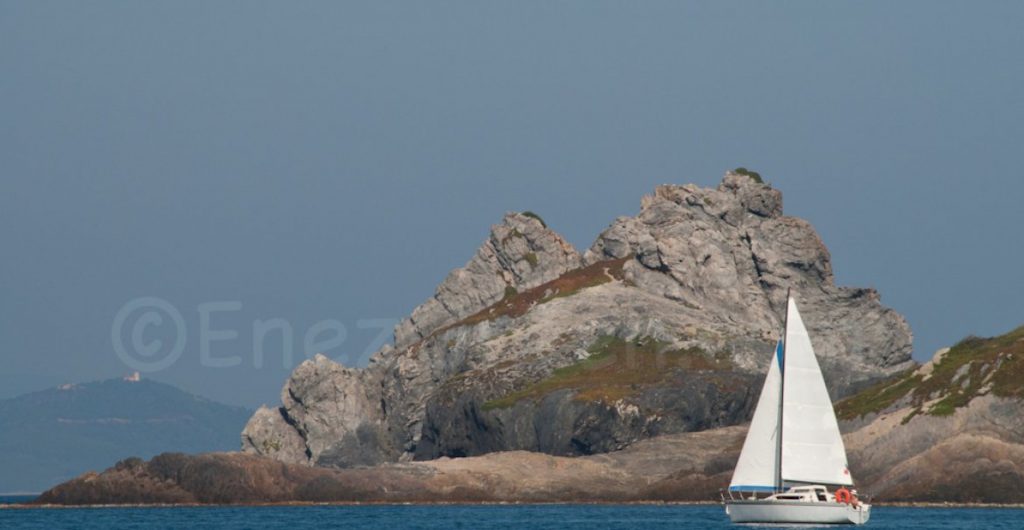About 80% of the debris found at sea or stranded on the coast comes from ashore
“The aim is to raise awareness in relation to our mode of consumption based on plastic mode” explains Yann Ourmières, research professor at the University of Toulon, attached to the Mediterranean Institute of Oceanography.
It is estimated that about 80% of waste at sea or stranded comes from ashore. Besides the environmental aspect, the project is also health issue. These floating waste will be transported into the marine environment, before degrading into small particles. Particles that will be ingested by different marine species that we harvest and eat.
A portion of waste goes by sea wind or east wind with rain, very quickly run aground on the coast. The river then rejects the sea waves and surface winds will produce a current that will carry these floating materials to the east coast of the peninsula of Giens. By northerly wind, part of the waste will pass through the bay and pass either between the Giens peninsula and Porquerolles, between Porquerolles and Port Cros. They can then be made by the major power in the region that is the Ligurian-Provencal current. This current goes from east to west and passes off the islands, to the plateau of the Gulf of Lyon. Then arriving to the slope of the plateau, it goes south-west and along the coast of Spain to the Balearic Islands.
Talking about climate without Ocean is a nonsense
While the COP 21 is being held in Paris, oceanographer hopes “greater awareness of the oceans’ essential role and the indicators’ development on good ecological status of the oceans via an indicator on marine litter . This is a serious mistake as not to put all necessary efforts to understanding the oceans to fight against global warming. Talking about climate without Ocean is a nonsense. Meanwhile waiting for results of CADOR projet or the conclusion of COP21 negotiations, small things can be done. Starting with the fact that any waste generated, should a priori not end up in the oceans…




